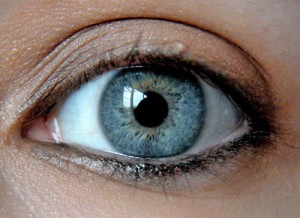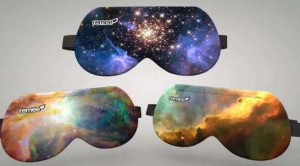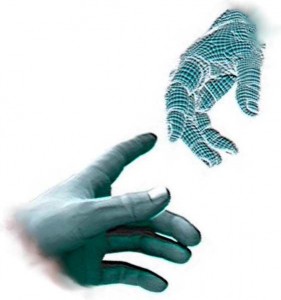Reality TV Show on Mars
Real World New York opened our eyes to a whole new world of reality. Real World London proved that a realer world existed in Europe. Real World Cancun was the realest of them all. In 2023, things are about to get as real as they’re ever been.
It’s not quite an MTV production, but it will make for must-see TV. A Dutch start-up believes they have a feasible model to colonize our friendly neighbor, Mars. Not only that, but via satellite, we’ll be able to watch Mars TV, chronicling the every move of the first ever Marstronauts.










